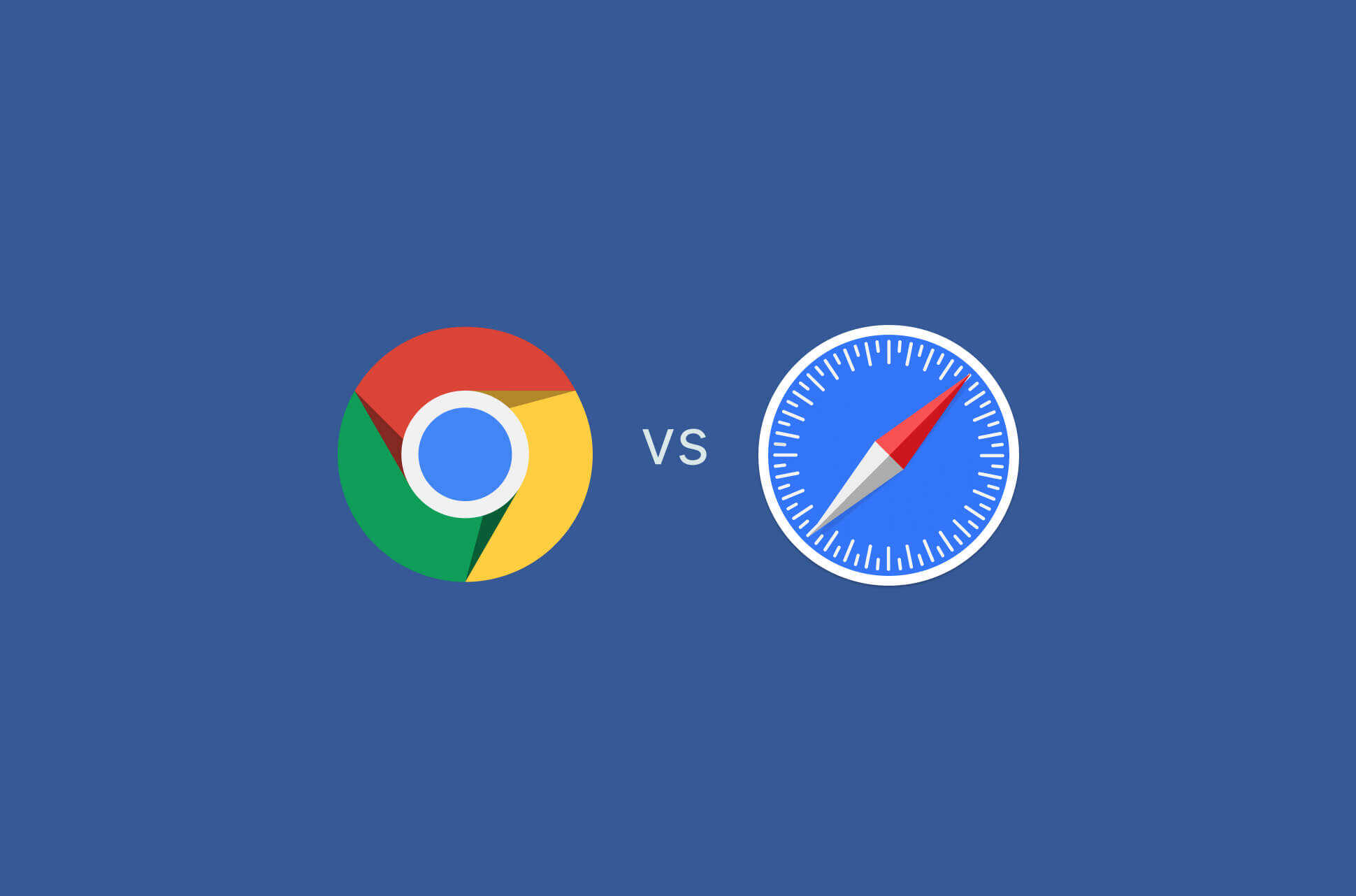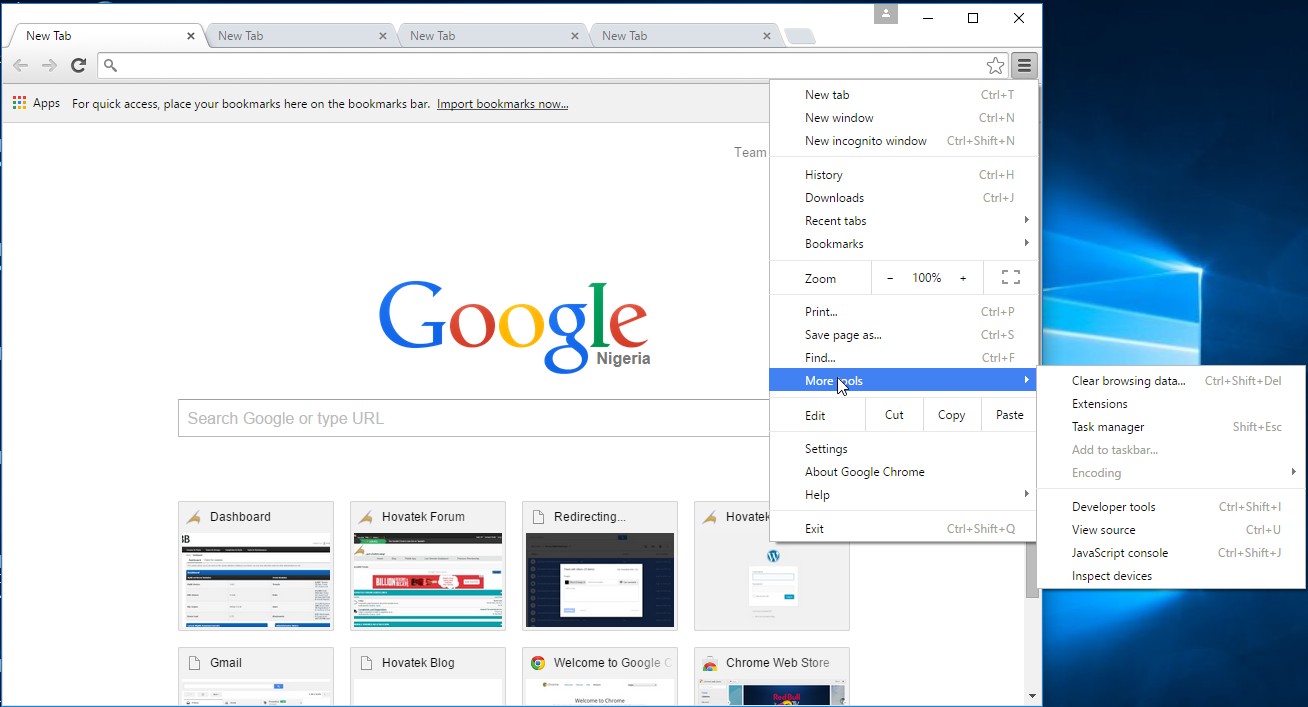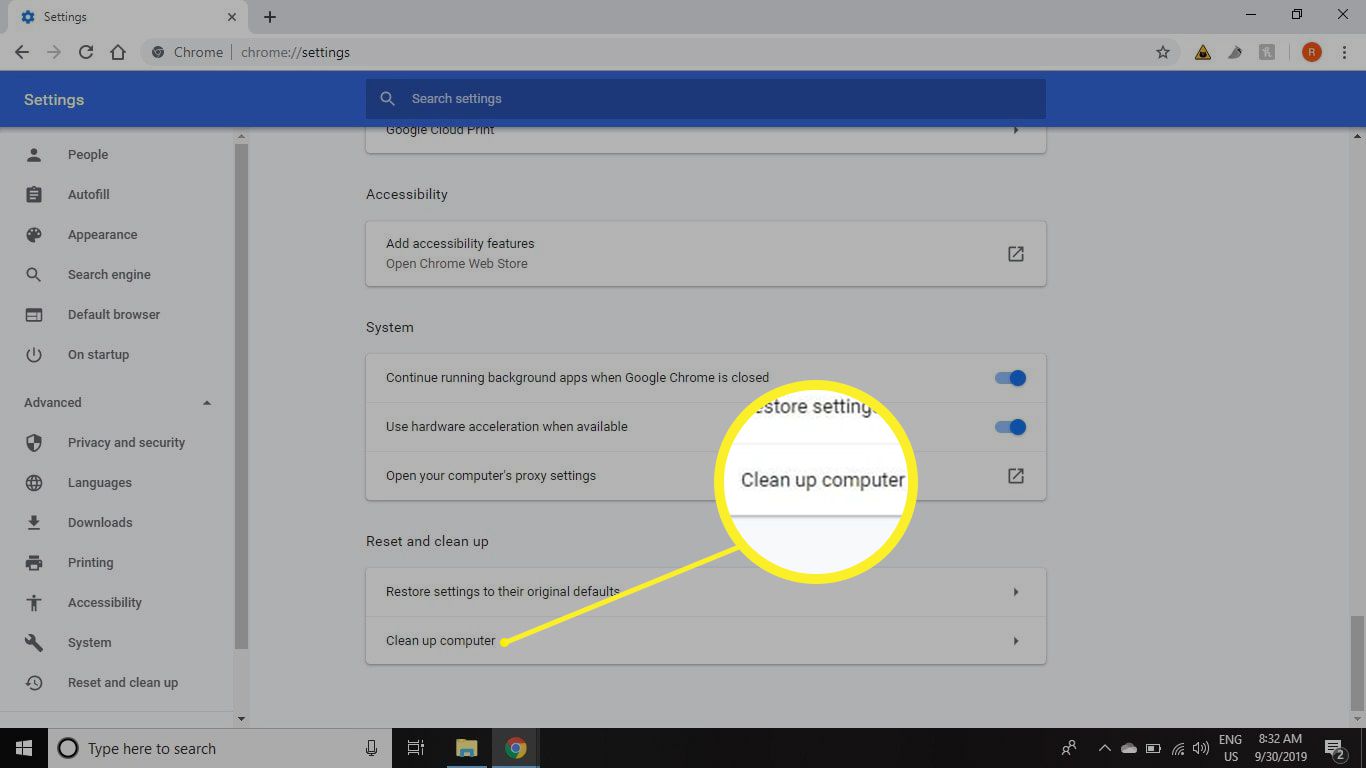Google is rolling out a series of updates to its Chrome browser on desktop this week, aimed at enhancing user safety and providing greater control over browser memory usage. One of the key features in this update is the proactive Safety Check, which was introduced in version 120. This feature runs in the background and alerts users to compromised passwords, malware-infected extensions, and prompts them to update Chrome.
Key Takeaway
Google Chrome’s desktop update introduces proactive Safety Check, automatic permission revocation, and enhancements to memory management, providing users with a safer and more efficient browsing experience.
Proactive Safety Check
Chrome’s Safety Check will now automatically revoke permissions that users may have granted to a site but haven’t used for an extended period. This is similar to how Google handles permissions on Android, ensuring that unused sites no longer have access to location or microphone data. Additionally, Safety Check will prompt users to disable notifications from sites with which they have minimal engagement.
Memory Saver Mode and Tab Group Saving
The update also includes enhancements to Chrome’s Memory Saver mode, providing more detailed information when hovering over a tab, and a new setting to prevent certain sites from going to sleep. Furthermore, users will soon have the ability to save tab groups and sync them across their desktop devices, allowing for seamless continuation of browsing sessions.

























